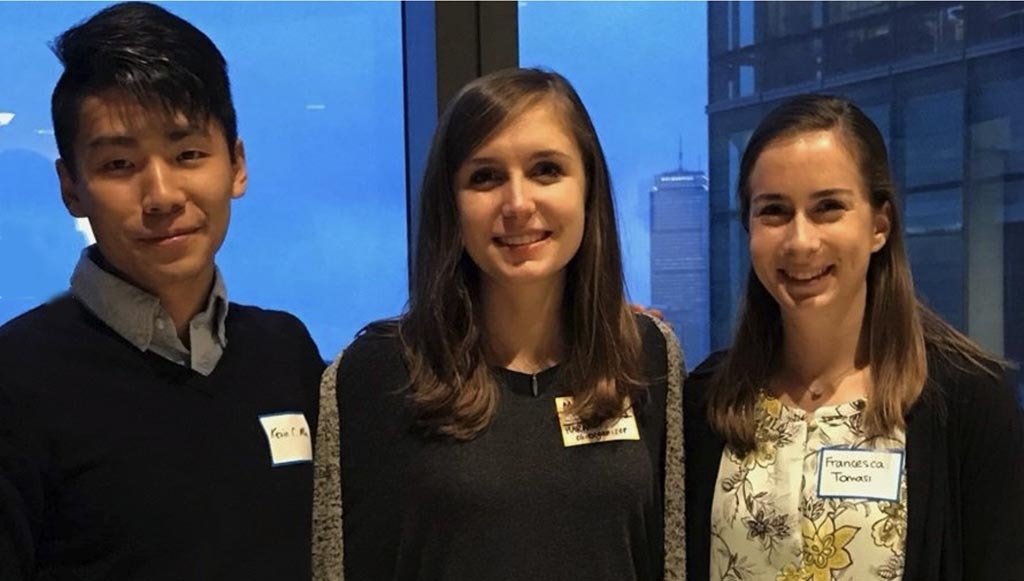
-
8.3K Views 0 Comments 0 Likes

By Francesca Tomasi, Kevin Ma, and Megan McCurry
With multiple highly effective vaccines against COVID-19, we have begun to round a corner on the current pandemic. But another crisis looms.
Bacteria and fungi are mutating to resist our current antibiotics. Soon, the world may have no effective antibiotics left to fight certain infections.
Already, strains of totally drug-resistant tuberculosis and gonorrhea have been isolated from patients. The continued emergence and spread of such strains could result in a deadly pandemic of drug-resistant superbugs, killing millions of people a year by 2050.
To win the race against superbugs, we need more interventions, including antibiotics. However, accomplishing this in a lab is difficult, time-consuming, and expensive. And because of their relatively short shelf life compared to drugs used to treat chronic illnesses, many drug companies have opted out of antibiotic research.
A proposal currently working its way through Congress offers a bold new solution.
An estimated 160,000 Americans die from antibiotic-resistant bacterial infections annually.
As Ph.D. student-researchers studying antibiotic resistance in various bacteria, we know this number will rise as antibiotics grow ever-less effective.
In our labs, we work to develop new ways to treat infections. But even if we invented the prototype for a wildly effective antibiotic tomorrow, it may never reach pharmacy shelves. That's because Medicare, Medicaid, the VA and private insurers all encourage doctors to prescribe inexpensive, older antibiotics -- even though many types of bacteria and fungi are primarily resistant to them. And since the typical cost of bringing a new drug to market ranges from $314 million to $2.8 billion, it would be highly financially risky for most companies to invest in an experimental antibiotic that wouldn't be widely sold, even if it secures FDA approval.
The federal government and non-profit organizations have tried to combat this problem through increased funding for creative research initiatives. Still, most major drug manufacturers have closed their antibiotic research divisions because the economics simply don't make sense.
But by changing how companies are reimbursed for antibiotics, the federal government may help generate a sustainable antibiotic development pipeline.
One option is for the government to pay for the right to access an unlimited amount of antibiotics rather than paying for individual doses. It's essentially a Netflix subscription, but for life-saving drugs.
By providing drug makers a steady stream of income from their antibiotics, a subscription system would incentivize antibiotics R&D while reducing the overuse of current drugs that fuel antibiotic resistance.
A new bipartisan bill in Congress has adopted this approach. If the legislation, known as the Pioneering Antimicrobial Subscriptions to End Upsurging Resistance (PASTEUR) Act, passes, the federal government contracts with drug makers to develop and supply new antibiotics. Any beneficiary of a national insurance program -- including Americans covered by Medicare, Medicaid, and the VA -- would be able to access these drugs as needed.
While we work to defeat antibiotic-resistant bacterial infections in the lab, we can't do it alone.
It's time for Congress to act on the superbug crisis. There's not a moment to waste.
Francesca Tomasi and Kevin Ma are Ph.D. students in the Immunology and Infectious Diseases Department at the Harvard T.H. Chan School of Public Health. Megan McCurry is a Ph.D. student in the Biological Chemistry & Molecular Pharmacology Department at Harvard Medical School. All three help lead Harvard Antimicrobial Resistance (HAMR; harvardamr.com). The opinions in this article are those of the individual authors and do not represent the views of their departments or institutions. This piece originally ran in Roll Call.

At Desert Local News, connections are everything. We're not just another social networking platform—we're a lively hub where people from all walks of life come together to share stories, spark ideas, and grow together. Here, creativity flourishes, communities grow stronger, and conversations spark global awareness.